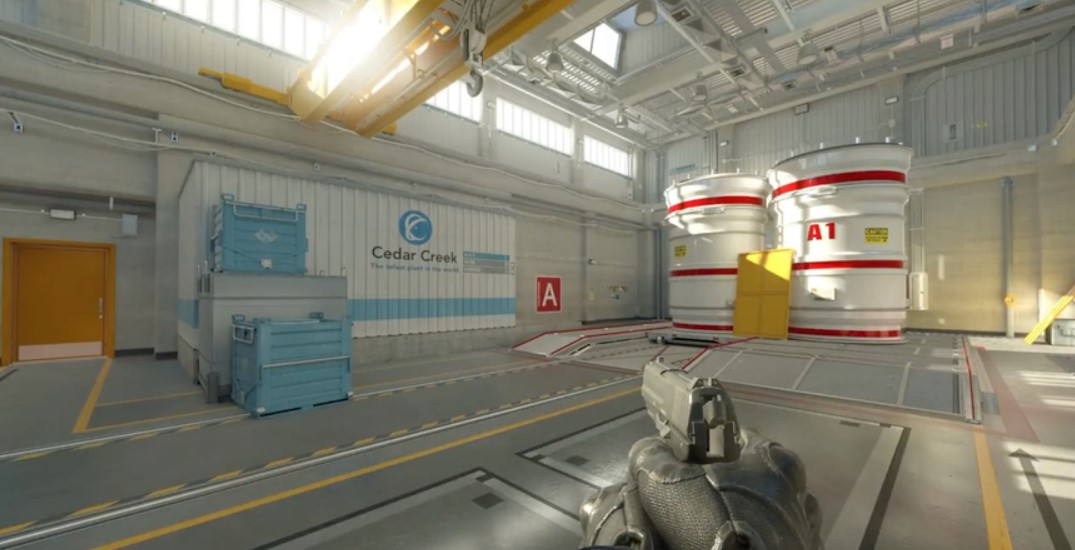In Counter-Strike 2 (CS2), map control is one of the most crucial aspects of gaining an advantage over the opposing team. Map control allows players to gather information, restrict enemy movements, and set up strategic plays. Mastering these tactics can be the key to winning rounds consistently and securing victory. In this article, we will explore effective map control tactics that can elevate your CS2 gameplay to the next level.
1. Understanding Map Layouts
The first step to mastering map control in CS2 is to thoroughly understand the layout of each map. Familiarizing yourself with choke points, high-traffic areas, bomb sites, and important routes is critical. These are areas where you can either encounter enemies or set up traps for ambushes. Understanding the flow of each map allows you to predict enemy movements, ensuring that you are always one step ahead.
Maps such as Dust II, Mirage, and Inferno have long been staples in the Counter-Strike series, and learning these maps inside out is crucial. Study the positions where you and your team can secure strategic advantages, especially near bomb sites. Learning how to effectively control a site—whether you're on the attacking or defending side—will play a key role in your overall success.
2. Control of Key Areas
One of the essential tactics in controlling the map is securing key areas. These include mid (the center of most maps), connector points, and entrances to sites. For example, in Dust II, controlling mid is crucial for both teams, as it provides access to both bomb sites and allows for quick rotations. By taking control of these areas early in the round, you can limit the enemy’s options and dictate the flow of the game.
To control these areas, it’s important to use a combination of utility, positioning, and communication. Flashbangs, smoke grenades, and Molotovs are essential tools that can deny enemy access to key zones or force them into unfavorable positions. Communicating with your team to time your utility usage correctly can give your team a significant edge.
3. Early Round Information Gathering
Map control doesn’t just come from occupying space—it also involves gathering information about the enemy’s movements. Early in the round, try to send one or two players to key areas where they can safely gather information without risking their lives. Players should listen for footsteps, gunfire, and utility usage to get a sense of where the enemy might be stacking.
For example, if your team hears multiple footsteps near one site, it’s likely that the enemy is planning a push in that direction. With this information, your team can adjust accordingly, rotating to defend the site or set up a counter-attack.
4. Rotations and Adaptability
Map control is a dynamic process that requires constant adaptability. As the round progresses and players start falling, teams must rotate and reposition to fill gaps in their defense or offense. Quick and well-timed rotations are crucial to maintaining control of the map.
When playing defense, if you notice the enemy is focusing on one site more than the other, it may be wise to rotate additional players to that area. On offense, if one site proves too difficult to penetrate, consider falling back and executing a surprise attack on the other bomb site. Keeping the enemy guessing with flexible rotations will often leave them out of position, allowing your team to capitalize.
5. Post-Plant Situations
Once a bomb has been planted, map control becomes even more important. In post-plant situations, the attacking team must position themselves strategically to defend the bomb from defusal attempts, while the defending team needs to regain control to retake the site.
For attackers, it’s important to spread out and cover all possible angles of approach to ensure the enemy can’t sneak up for a surprise defusal. Meanwhile, defenders should work together to retake control of the site through coordinated pushes and smart use of utility to force attackers out of their positions.
Conclusion
Effective map control is a blend of knowledge, positioning, communication, and utility usage. By mastering these tactics, players can not only dominate their opponents in key areas of the map but also set up their team for successful bomb site executions or retakes. Whether you’re gathering early information, rotating effectively, or defending a site in a post-plant scenario, staying mindful of map control will always give your team a tactical edge in CS2.
For more tips on improving your gameplay, check out how to adjust your site settings like brightness and gamma & Gaming Performance Optimization on the official website. Happy gaming!
Best Graphics Settings for CS2: Boost Your Performance
Pro Secrets: How to Master Counter-Strike 2
Perfect Crosshair Settings for Accurate Shots in CS2
Managing Economy in Counter-Strike 2: Tips and Strategies
10 Hidden CS2 Tricks You Didn’t Know About
How to Detect and Deal with Cheaters in CS2
Optimizing Sound Settings for Victory in CS2
Best Maps for Practice in Counter-Strike 2
Choosing the Perfect Mouse and Keyboard for CS2
Quick Movement and Positioning Strategies in CS2
How to Improve Your Reaction Time and Speed in CS2
How to Dominate Every CS2 Match: Expert Tips and Tricks
Mastering Recoil Control: How to Shoot Like a Pro in CS2





Comments